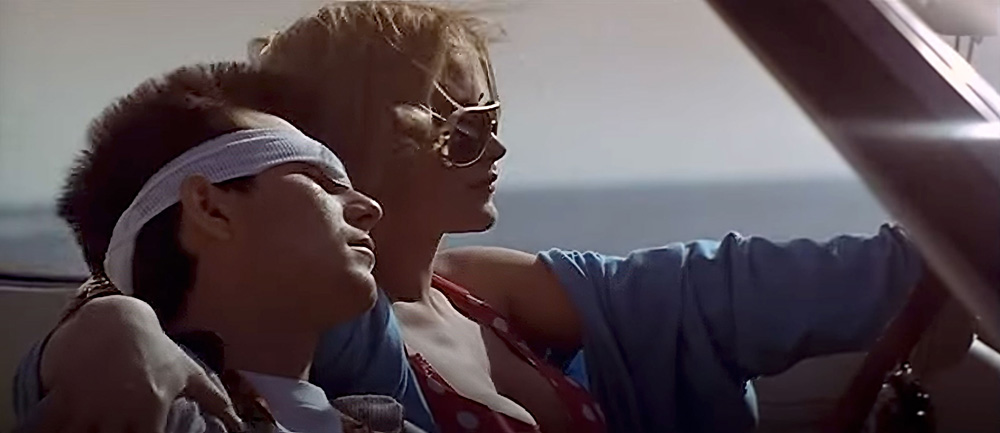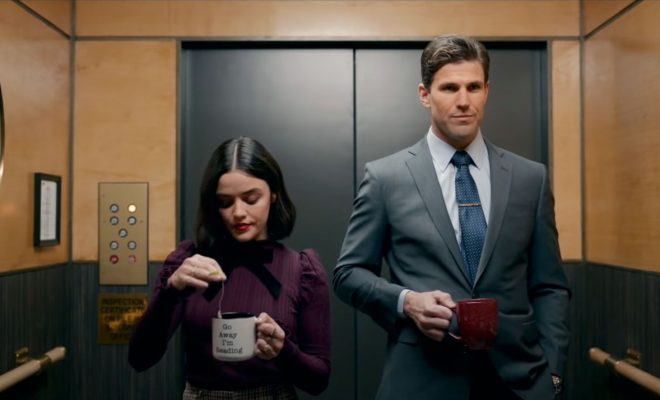Non-linear storytelling, a hallmark of Quentin Tarantino’s narrative technique, offers a powerful tool for romance writers seeking to enrich their narratives beyond traditional flashbacks. Tarantino’s approach, often likened to revealing an unseen third camera angle, introduces new dimensions to a story, adding depth and complexity. This method, which transcends simple chronological retelling, can transform the way romance stories unfold, presenting clues and motivations in a manner that engages readers on a deeper level and maintains a brisk narrative pace.
Introducing the “Third Camera” Technique:
In romance, the “third camera” concept can be utilised to reveal pivotal moments or hidden motivations in a relationship. Instead of a straightforward flashback, this technique might present a scene already known to the reader but from a completely different perspective, shedding new light on characters’ actions or decisions. For example, a critical argument between protagonists might be revisited through the eyes of a secondary character, revealing unseen influences or emotions at play.
Utilising Recall for Revelation:
Recall in a non-linear narrative acts as a strategic unveiling of information, meticulously timed to enrich the story’s present. In a romance narrative, a character’s sudden memory or a seemingly inconsequential object from earlier chapters can unlock a crucial piece of the story’s emotional puzzle. This method requires careful planning to ensure that each recall moment feels organic to the narrative and directly impacts the unfolding relationship or conflict.
Non-linear for Character Development:
Non-linear storytelling can serve as a dynamic framework for character development. By strategically placing episodes from characters’ pasts throughout the narrative, writers can gradually build a fuller understanding of their motivations, fears, and desires. This piecemeal revelation encourages readers to piece together the characters’ backstories, keeping engagement high as they anticipate how these past experiences will influence future decisions and relationships.
Foreshadowing with Precision:
Tarantino’s use of foreshadowing, such as the nuanced hints dropped throughout “Kill Bill” that culminate in the Bride’s revenge, demonstrates the power of planting seeds early that bloom into significant plot points later. In romance, foreshadowing can create an undercurrent of anticipation, whether it’s hinting at hidden connections between characters, shadowing forthcoming conflicts, or suggesting the potential for reconciliation in seemingly irreparable relationships.
Pacing and Progression:
One of the risks of non-linear storytelling, particularly with flashbacks, is the potential to stall the narrative’s momentum. By employing the technique more judiciously—focusing on moments that act as clues or deepen the narrative rather than mere reminiscence—writers can maintain a forward-moving pace. Each leap back or aside should feel like a puzzle piece clicking into place, propelling the story toward its conclusion rather than pulling away from it.
Crafting a Cohesive Whole:
The challenge and art of non-linear storytelling lie in weaving these disparate threads into a cohesive narrative. Each segment, whether a flashback, a recall, or a foreshadowed event, should contribute to the overarching story, enriching the romance at its heart. The narrative should come together in a way that feels inevitable, with each piece of the story informing and enhancing the others.
By embracing a non-linear approach inspired by Tarantino’s narrative strategies, romance writers can explore new dimensions in storytelling. This method allows for a deeper exploration of characters, motivations, and relationships, engaging readers with a dynamic narrative that challenges and satisfies, all while avoiding the pitfalls of pacing that traditional flashbacks can sometimes introduce.
Case study – “Pulp Fiction” – The Chronlogical Jumble:
Pulp Fiction” is perhaps the quintessential example of non-linear storytelling. The film’s narrative is famously out of sequence, with key events shown out of their chronological order. This technique reaches its peak in the intertwining stories of the characters, particularly in the relationship between Vincent Vega (John Travolta) and Mia Wallace (Uma Thurman). Their storyline begins with a dinner and a dance competition, which seems relatively self-contained until the narrative circles back to reveal the broader implications of their actions on the overall plot. For romance writers, this demonstrates the power of non-linear storytelling to add suspense and depth to romantic relationships. Revealing the outcome of a relationship early on, for example, can create a poignant sense of anticipation as the narrative unfolds, leading the reader to discover how the characters arrived at that point.
Application for Dark Romance Writers:
“Pulp Fiction’s” non-linear narrative structure serves as a masterclass for dark romance writers seeking to experiment with their storytelling techniques. By adopting a non-linear approach, writers can create suspenseful, engaging narratives that offer readers a multifaceted exploration of characters and themes. This method not only challenges traditional storytelling conventions but also invites readers to engage more deeply with the narrative, uncovering layers of meaning and emotion that enrich their reading experience.
Interwoven Narratives:
“Pulp Fiction” demonstrates the power of interwoven narratives, where separate storylines with individual arcs converge to form a cohesive whole. In dark romance, employing a similar approach by intertwining the romantic leads’ stories with those of secondary characters can add layers of intrigue and complexity, enriching the overall narrative landscape and deepening the thematic resonance.
Enhanced Character Depth:
The non-linear structure allows Tarantino to reveal character backgrounds, motivations, and transformations in a way that challenges and surprises the audience. For dark romance writers, strategically revealing key pieces of a character’s past at pivotal moments can enhance the emotional impact and depth of the characters, making their journeys and development more compelling.
Narrative Tension and Engagement:
By presenting events out of their traditional sequence, “Pulp Fiction” maintains high levels of suspense and engagement, as the audience eagerly anticipates how the disparate pieces fit together. This technique can be effectively utilized in dark romance to keep readers on their toes, crafting a narrative that slowly unravels, revealing secrets and twists that illuminate the characters’ relationships and personal growth.
Thematic Richness:
The non-linear storytelling in “Pulp Fiction” allows for a more nuanced exploration of themes such as redemption, fate, and the cyclical nature of violence. Dark romance narratives can similarly benefit from non-linear storytelling, as it provides opportunities to explore themes related to love, betrayal, and redemption from multiple angles and at different points in the characters’ journeys, offering a richer thematic exploration.
Reader Engagement:
The chronological jumble of “Pulp Fiction” actively involves the audience in piecing together the narrative puzzle. In dark romance, employing non-linear storytelling can similarly engage readers more deeply, encouraging them to piece together clues about the characters’ pasts and the nature of their relationships, thereby fostering a more interactive and immersive reading experience.




